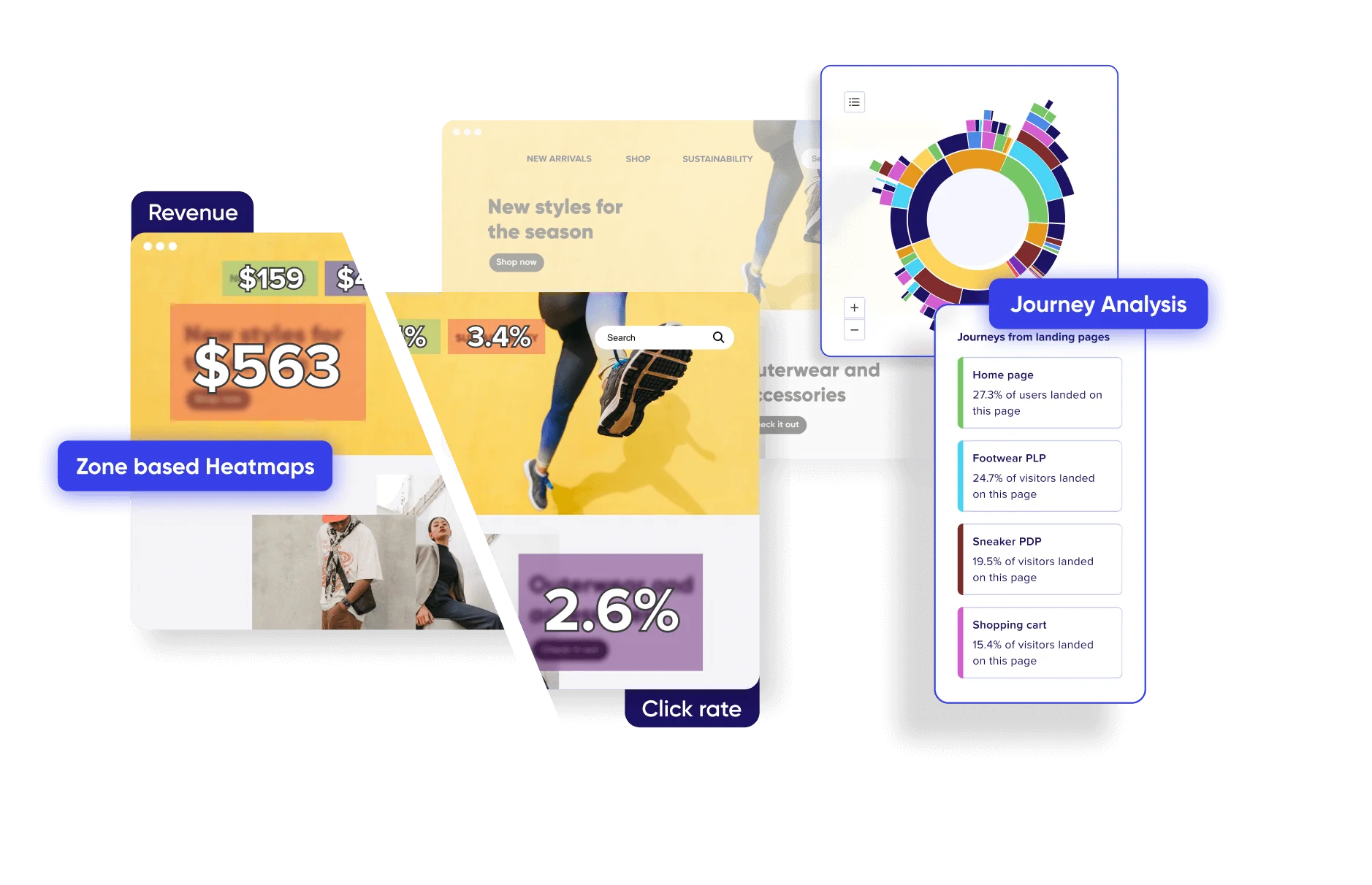
Know what drives engagement and abandonment on your sites and mobile apps.

As a website owner or digital marketer, you may have heard the term “bounce rate” thrown around quite a bit. In simple terms, bounce rate is the percentage of website visitors who leave your site after only viewing one page. While a high bounce rate may not necessarily mean your website is bad, it can be indicative that something is amiss. A favorable average bounce rate is typically around 40-50%, but this can vary depending on the industry and type of website.
A high bounce rate can be frustrating and challenging to understand. Not only can it hurt your website’s ranking in search engine result pages, but it can also negatively impact user experience. A high bounce rate may mean that your website isn’t providing users with the experience they’re looking for, which can result in lost leads, sales, or engagement.
A good average bounce rate is essential for the success of your website. It’s an indication that users are engaging with your website and finding the information they need. Lower bounce rates can help lower your website’s bounce rate and improve user experience.
Know what drives engagement and abandonment on your sites and mobile apps.
Several things can affect bounce rate, including website design, page structure, content, and user intent. However, some of the most common factors include the following:
Improving your website’s average bounce rate is possible, as long as you’re willing to put in the time and effort. Here are a few tips to get started:
One of the most crucial aspects of your website is its design and navigation. A poorly designed website with confusing navigation can turn users off quickly. Keep your design simple and easy to navigate, and focus on creating a good user experience.
Users won’t stick around if your website takes too long to load, so optimizing your page load speed is essential. Keep your images and graphics small and compress them if necessary. Choose a reliable hosting company that can keep up with your traffic demand.
Creating engaging and relevant content can help keep users on your website longer. Make sure your content is high-quality, easily scannable, and relevant to your target audience. Use visual aids like images and videos to break up your content and make it more engaging.
Internal linking can help keep users engaged and build a connection between your pages. Use internal linking to direct users to relevant pages on your website, encouraging them to explore. Make sure your internal linking is relevant, useful, and unobtrusive.
Know what drives engagement and abandonment on your sites and mobile apps.
Consider the example of a retail website that managed to decrease their bounce rate by 60% by making simple changes to their website’s design and navigation. Improving their users’ experience and reducing clutter on the site led to more engaged consumers. A second example is a tech website that gained a 35% increase in time spent on-site by adding relevant multimedia and internal links.
Improving your website’s average bounce rate can be a challenging and ongoing task. By following the tips outlined above, you’ll be on your way to creating a more engaging, user-friendly website. A good average bounce rate means that your website is effective in keeping users interested and engaged with your content. Remember, the key is to focus on user experience and relevance, and to implement strategies that make sense for your website.